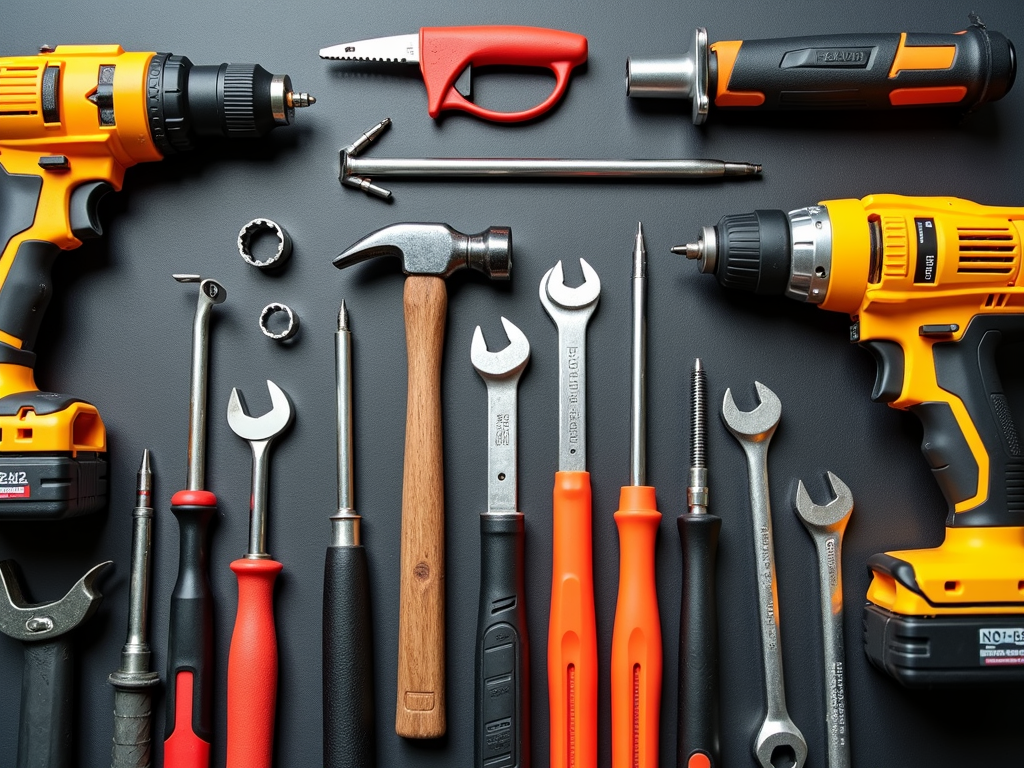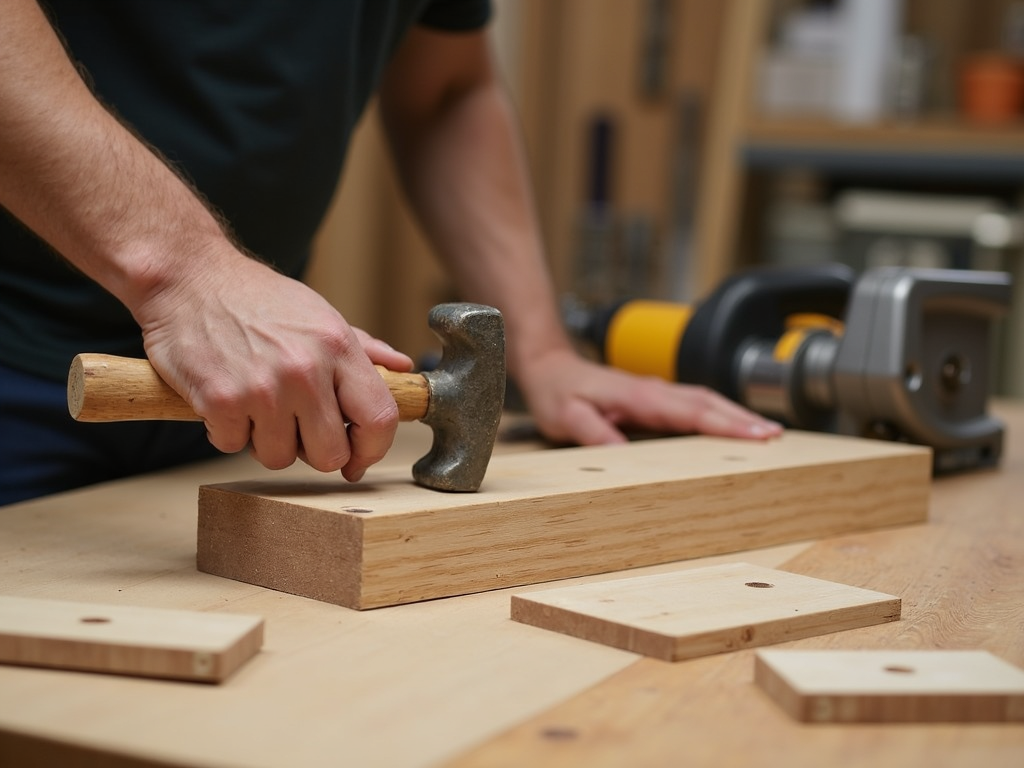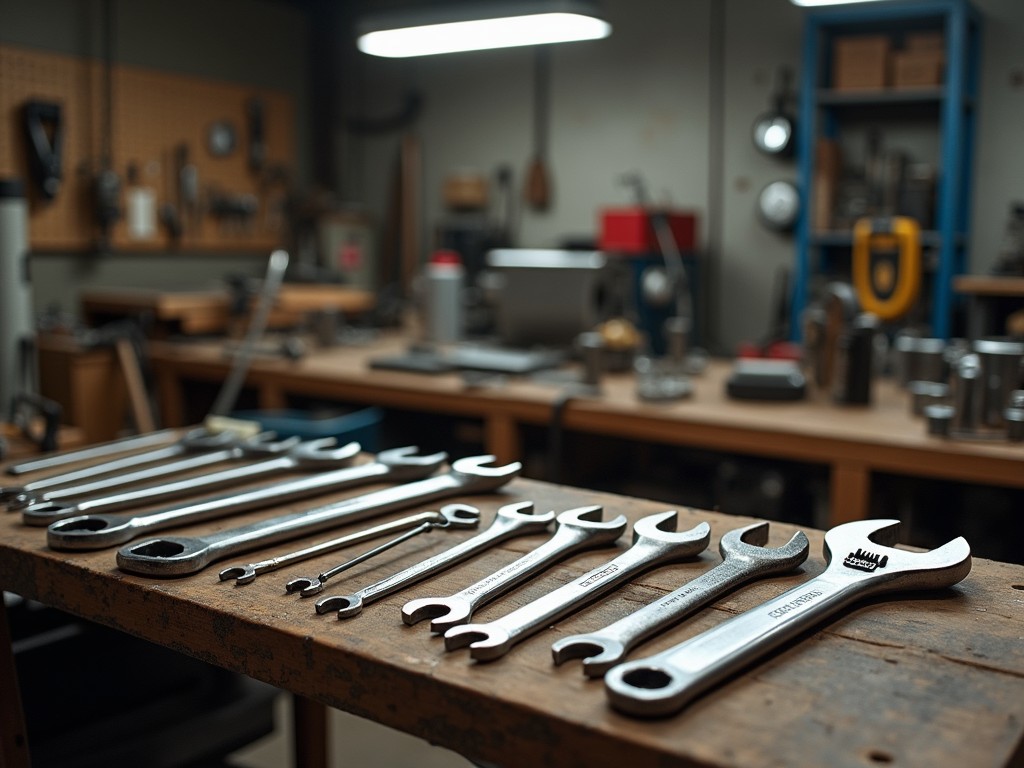Using a Hammer Safely: Essential Guide for Every DIY Enthusiast
Learn the essentials of how to use a hammer safely with this comprehensive guide. Discover practical tips, safety precautions, and the most effective techniques to make your DIY projects succeed.
Understanding the Importance of Hammer Safety
When using a hammer, safety is paramount—not only to prevent injury but also to ensure you're working efficiently. Hammers are among the most useful workman tools available, whether you’re a seasoned professional or a DIY beginner.
Choosing the Right Hammer for the Job
Selecting the right type of hammer for your project is foundational to using a hammer safely. Different hammers are suited for different tasks, such as carpentry, metalwork, or masonry. Here’s a quick guide:
| Hammer Type | Best Use |
|---|---|
| Claw Hammer | Woodwork and nails |
| Ball Peen Hammer | Metal shaping |
| Sledgehammer | Heavy demolition |
Choosing the right hammer ensures both efficiency and safety.
Personal Experience: My First Time Using a Hammer
The first time I used a hammer, I underestimated its power. My lack of experience led to some bent nails and a sore thumb. However, learning to maintain a firm grip and positioning the nail correctly helped improve my skill and ensured safety.

Step-by-Step Guide to Using a Hammer Safely
-
Secure the Work Piece: Always ensure the item you’re working on is secured in place. A stable workpiece minimizes the risk of the hammer slipping.
-
Grip the Hammer Properly: Hold the hammer near the end of its handle for maximum leverage and control.
-
Position the Nail Correctly: Begin by lightly tapping the nail to set its position before driving it fully.
-
Focus on Control, Not Speed: While it might seem intuitive to hammer quickly, a controlled approach reduces mishaps and leads to cleaner results.
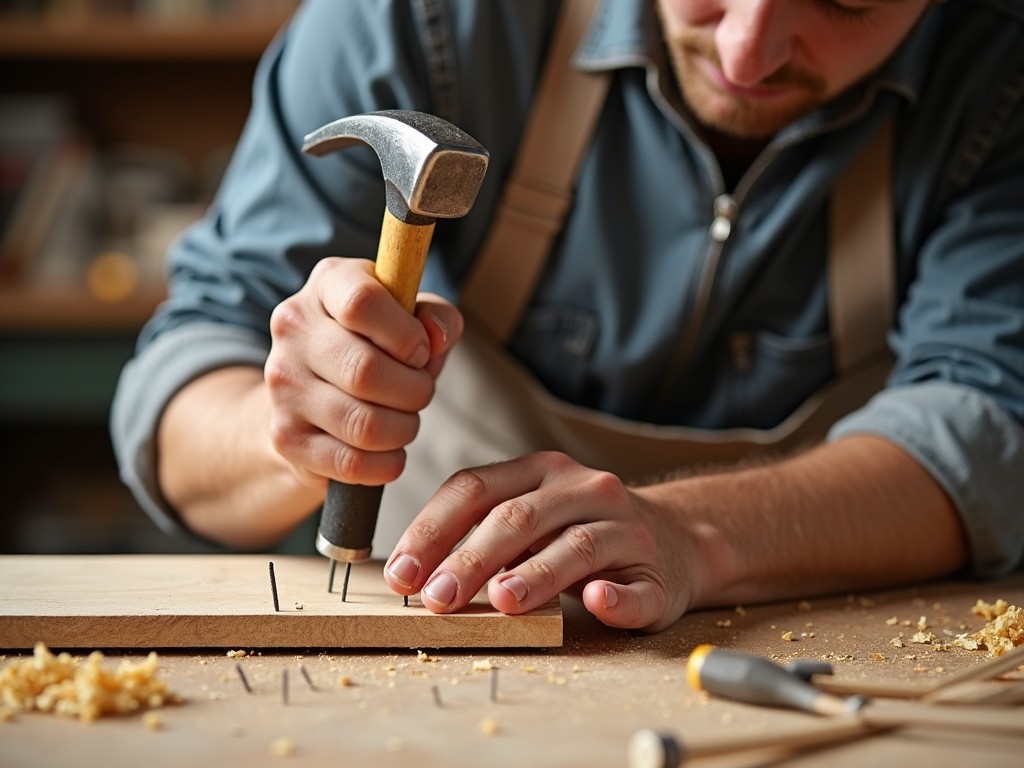
Safety Equipment and Precautions
When embarking on any project requiring hammers, keeping safety equipment handy is essential:
- Safety Goggles: Protects eyes from accidental sparks or debris.
- Gloves: Provides additional grip and blister prevention.
- Ear Protection: Especially necessary if using a hammer in echo-prone environments.
Make sure the workspace is clear of unnecessary items to avoid tripping hazards.
Common Mistakes to Avoid
- Using a Damaged Hammer: Inspect your tools regularly. A cracked or wobbly handle can be dangerous.
- Ignoring Hammer Head Type: Using a hammer with a flat head for rounded nails can result in failure to drive it in properly.
- Neglecting to Anchor Work Pieces: Movement of your workpiece can lead to inaccurate hammering and potential accidents.
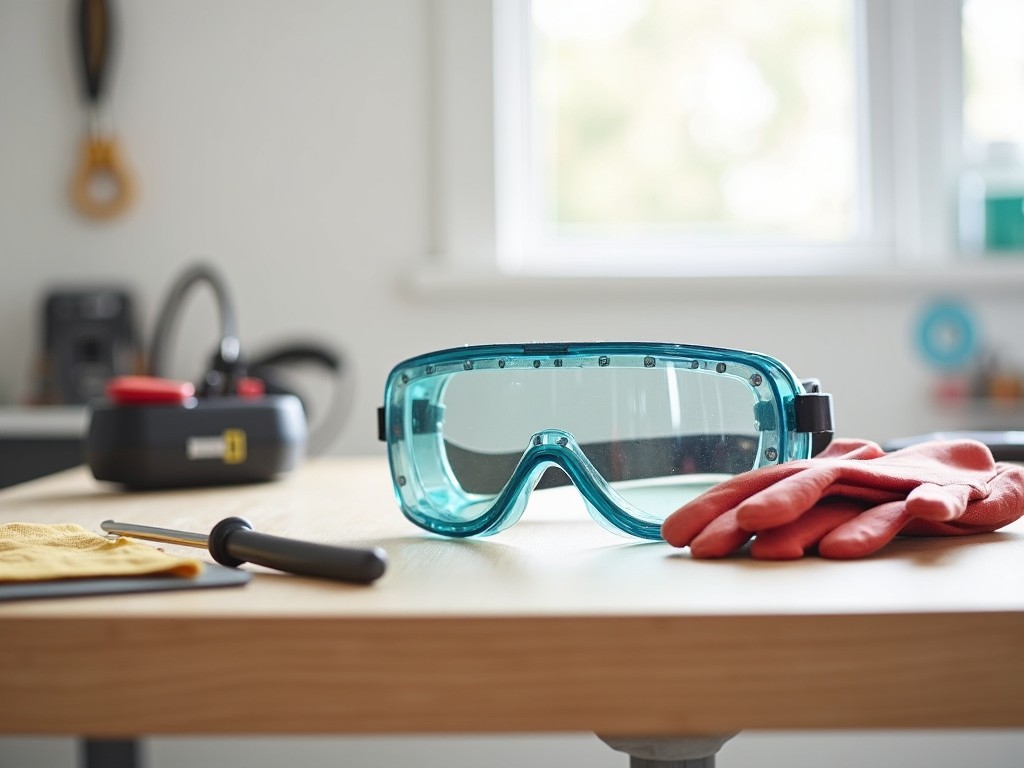
Reflecting on Mistakes: Lessons from a Novice
During my early DIY attempts, ignoring the use of gloves resulted in blisters from extended work sessions. Over time, I've learned the importance of wearing proper safety equipment and double-checking all tools before starting any project.
Final Tips for Successful Hammering
- Practice Regularly: Developing hammering skills takes time and regular practice.
- Evaluate Each Project: Each DIY task may require different hammering techniques; adapt accordingly.
- Stay Informed: Update your tool knowledge regularly for the latest safety practices.
Remember, becoming proficient with hammers is a journey but prioritizing safety at every step ensures a smooth learning curve.
Conclusion: Hammering with Confidence and Safety
Mastering how to use a hammer safely enhances not only the quality of your projects but also your overall experience with workman tools. Prioritize safety, understand your tools, and enjoy the satisfaction that comes with a job well done.
Related how to use a hammer safely:
- The Ultimate Guide to Purchasing Workman Tools
- Top 10 DIY Projects Using Basic Tools
- Essential Workman Tools for Everyday Use
- Essential Workman Tools for Professional Builders
- Best Power Tools for Car Repair
- Top Wrenches Mechanics Love
- Top Ratcheting Wrenches for Quick Repairs
- Safest Tablesaws for Woodworking
- Tool Organization Tips for Painters
- Must-Have Tools for Every Toolbox
- Power Tool Safety Tips
- Power Tools Maintenance Guide
